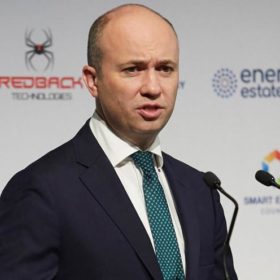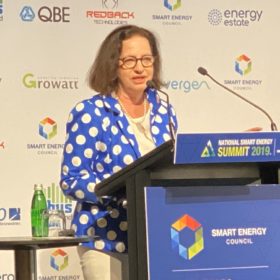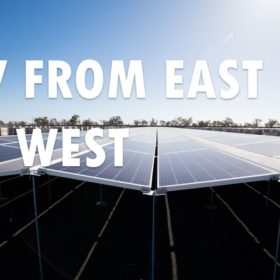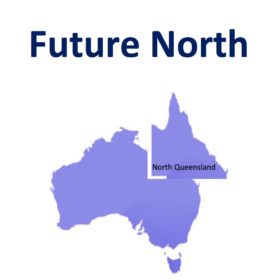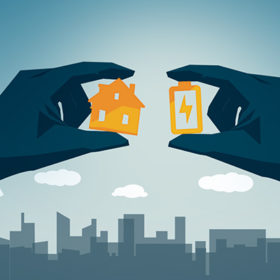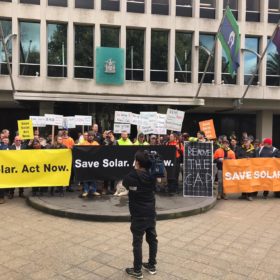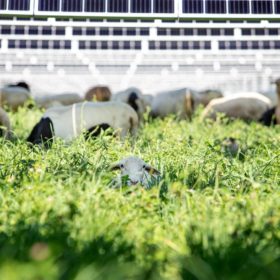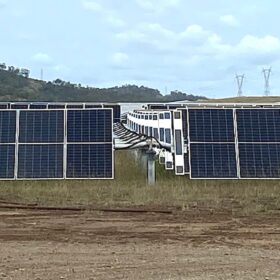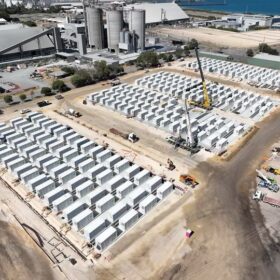NSW Minister Matt Kean doesn’t beat around the burning bush
New South Wales (NSW) Energy & Environment Minister Matt Kean’s address at the Smart Energy Council’s (SEC) National Smart Energy Summit was full of sharp statements and strong solar support.
AEMO chief says 25% of Australia’s electricity will come from rooftop solar PV by 2040
Australian Energy Market Operator (AEMO) CEO Audrey Zibelman has turned heads at the Smart Energy Council’s National Smart Energy Summit in Sydney, saying that by 2040, 25% of Australia’s electricity will be produced by rooftop solar PV.
Coalition eyes 50% renewables target despite everything it has said and done to the contrary
Despite lambasting Labour’s 50% renewable ambition by 2030 as fanciful, the Government’s 2019 Emissions Projects Report shows that the country will reach that mark of its own accord, with very little help from the Coalition government.
Reindustrialising Australia, the path to 500% renewables
Australia has an undisputed competitive advantage when it comes to renewable energy, and many believe we can become a clean energy exportation superpower, but we have to reindustrialise ourselves first.
Solar Victoria establishes promised conduit of industry and consumer feedback
As part of the Andrews Government’s compromise with solar industry protestors after the initial dog’s breakfast of a Solar Homes program, Solar Victoria has established the Industry and Consumer Reference Group (ICRG).
A guided tour of Australia’s solar and storage market; Part 1: Victoria
Abundant sunshine, favorable policy settings and high power prices have long placed Australia at the cutting edge of rooftop solar uptake. The more recent utility-scale boom has further enhanced its status as a PV leader. Battery adoption, microgrids, EVs and green hydrogen are all taking shape, yet what should be an Aussie smart energy no-brainer continues to be dogged by mounting investment uncertainty and a toxic debate on the national level.
SEC report highlights Top End’s potential, argues for CEFC-like fund
The release of the Future North report from the Smart Energy Council suggests Australia’s Top End region has firm potential to become a world-leading renewable economy, and urges for a North Queensland Development and Diversification Fund based on the successful model of the Clean Energy Finance Corporation.
New controversial standard for battery storage sector
Two years after scrapping a draft that threatened to effectively ban the installation of lithium-ion batteries in Australian homes and garages, a new standard for battery storage sector has been released. While billed as a necessary safety measure for consumers, the new standard may make business and installation more complex for the battery storage sector.
Solar Victoria heeds solar industry activism, frees up 23,000 solar PV rebates
The Victorian Government has heeded solar industry and customer concerns and wrought substantial changes to the Solar Homes Rebate Program, including a significant increase in rebate allocations and a streamlining of the laborious online application portal.
Suspicions grow that Solar Homes being gamed
The impacts of the cap that Victoria’s Solar Homes program is having on local installers are becoming more pronounced, as some express fears that the system is being exploited by unscrupulous industry players. Solar Cutters says some installers are receiving “pitiful” numbers of installs under the scheme, leaving them “dumbfounded”.
